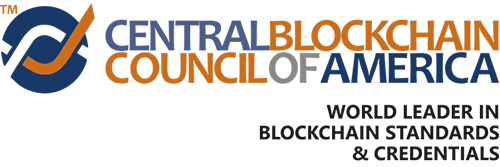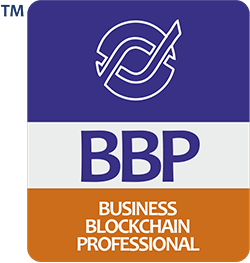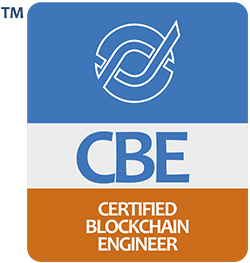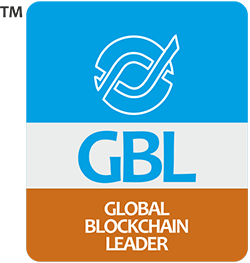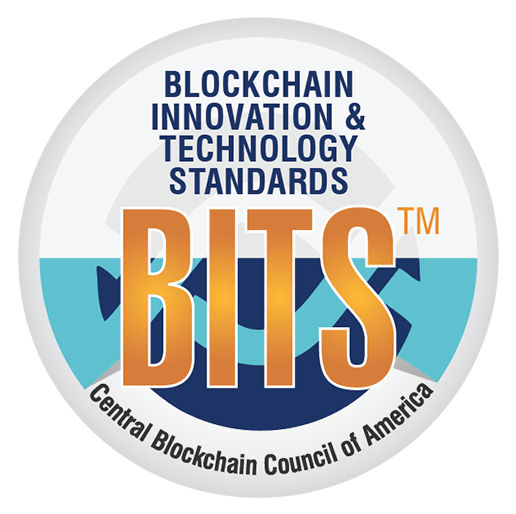Jan 22, 2019
Enterprise technologies have primarily aimed at making business processes and transactions more reliable and faster. But up until now, no technology has changed the very nature of enterprise computing ever since the mainframe era, as blockchain promises to do. The potential is immense, and the world is just beginning to wake up to enterprise blockchain computing.
For almost everyone in touch with the modern world, the word blockchain conjures images of overnight wealth, rags to riches and billionaire hacker geniuses in stylish hoodies. If that rung a bell, it’s also because most of us equate blockchain with the world’s first and most popular cryptocurrency, bitcoin. Agreed that bitcoin was one of the earliest implementations of blockchain and innumerable cryptocurrencies that followed have since crowded the internet by no small measure, the attention on the underlying technology is largely lacking. Yes, blockchain has the potential to change the world, and yes, it will change the way businesses transact for a long, long time to come. Here’s a look at the how behind the what:
Blockchain Architecture
The term means almost exactly what it says; secure, encrypted blocks of data stored in a private, peer to peer chain (network, where each block contains data of its predecessor). This sounds simple enough, except that the level of sophistication of each of those components is extremely high. For example, in a blockchain driven environment, there is no central database. It is broken up, scrambled, and the data stored in it is indelible, with a timestamp record. Most often called a decentralized public ledger, it distributes its records among several computer nodes, and also shares it’s computing resources among them.
The chain in the blockchain environment, the second essential aspect of the technology is a network of peer to peer (P2P) computer nodes, with secure connections and foolproof data security and the option to automate each and every process along the way, also incentivizing participating nodes for their resources. Important to note here that the blockchain is a variant of the DLT, or Distributed Ledger Technology, though there are other kinds of DLTs as well.
Data Structure : Typically, the ‘block’ in the blockchain comprises the following elements; the index position of the block on the chain, SHA256 or SHA3 hashes (a cryptography element), a stamp of the previous hash, forming the ‘chain’ of transactional information, an integer, the timestamp, the number of transactions contained in the block, and of course, the transaction information of the block itself.
Network and Privacy : Two important and widely known terms related to bitcoin come into play here – Proof of Work (POW) and Proof of Stake (POS). Both these terms reinforce the underlying theme of consensual participation in the distributed computing requirement of the entire network. Efficient resource management remains a key advantage and the decentralized nature of the technology, with components ranging from DApps (Decentralized Application) to DAOs (Decentralized Autonomous Organizations), on the Ethereum platform, account for most of the new technology and products currently under development from blockchain developers worldwide.
Blockchain for the Business Owner
By now, business owners and interested professionals know how potent the technology is, and with new use cases coming into the spotlight almost every single week, business operations and data related transactions are undergoing the inevitable transformation. From distributed cloud computing to international payment remittances to candidate profile tracking and verification for human resources, not to mention the recording of transactions and executing them automatically based on certain preset conditions, business blockchains will alter the course of business in the same way Artificial Intelligence has, in the last couple of years. Digital Rights Managements, which every digital content provider is looking at in a big way, will entirely eliminate the infinite reproducibility of digital assets, putting a cap on the number of reproductions and making digital content monetize-able again. This is just the beginning though, and the biggest adaptability is in smart contracts for preconditioned transaction processing. Smart Contracts ensure that a transaction executes exactly the way it is programmed to, on the blockchain, with complete autonomy and at the exact time the pre-conditions are met. This means zero third-party involvement in contract execution – real estate, credit lines, banking, legal and every which industry you can imagine. Business Owners only need to look at the myriad blockchain product companies offering BaaS (Blockchain as a Service) in their business domains, connect the parties to the network and automate their processes securely. So start with searching what blockchain in the market is right for your business, organization or client, and remember, the first step to adoption is learning. So learn more about the technology and get certified as a professional – it’s the first step to implementing this promising technology in your business.
